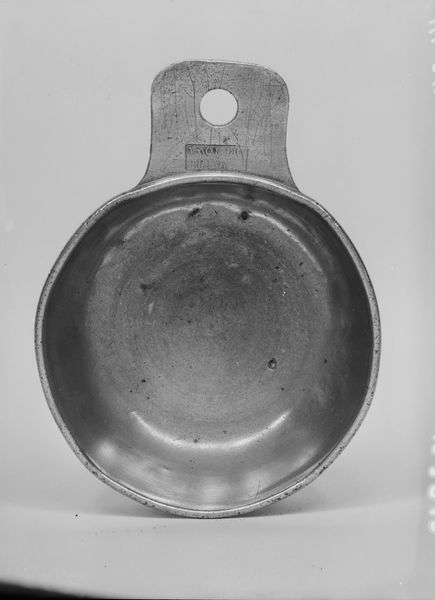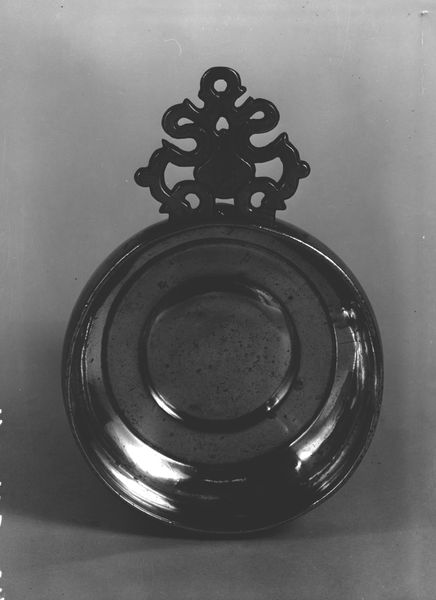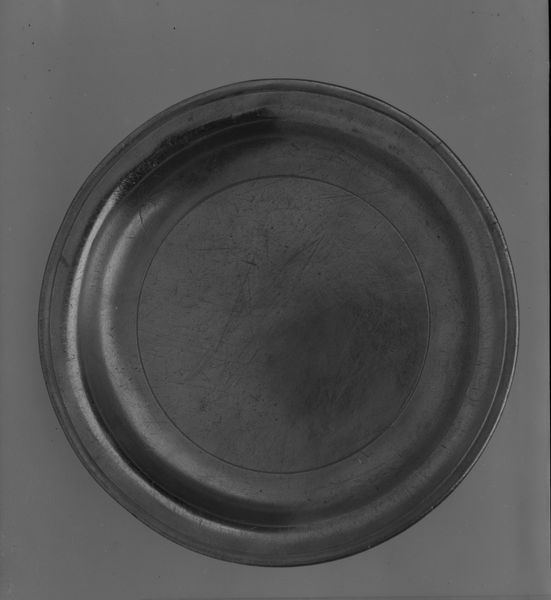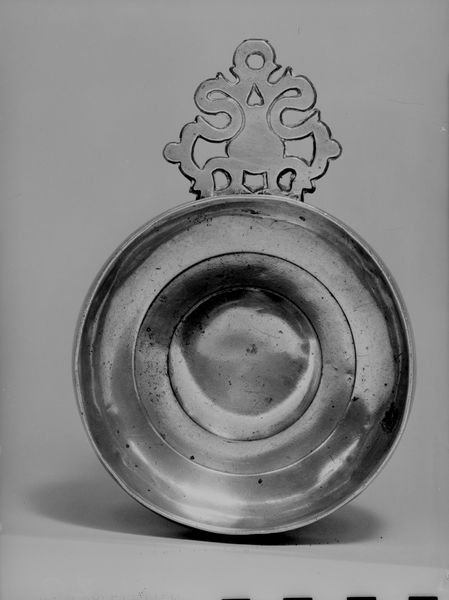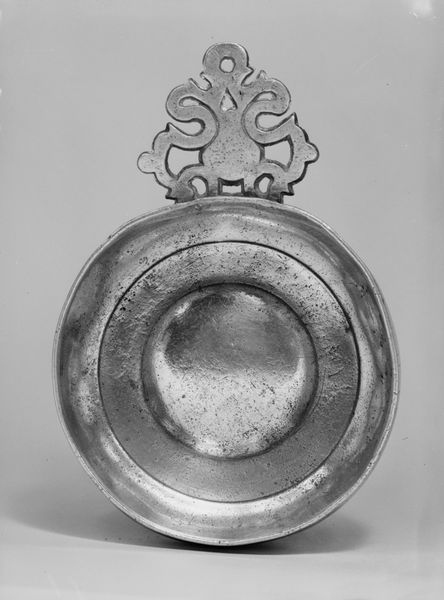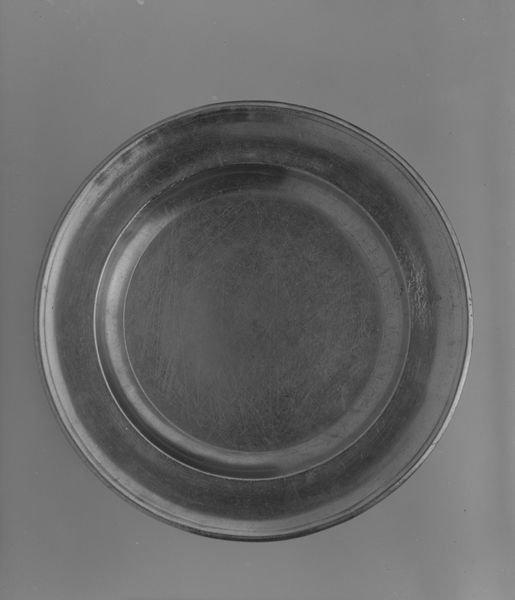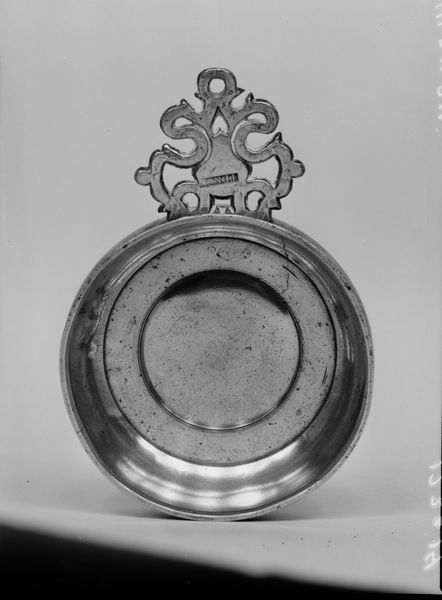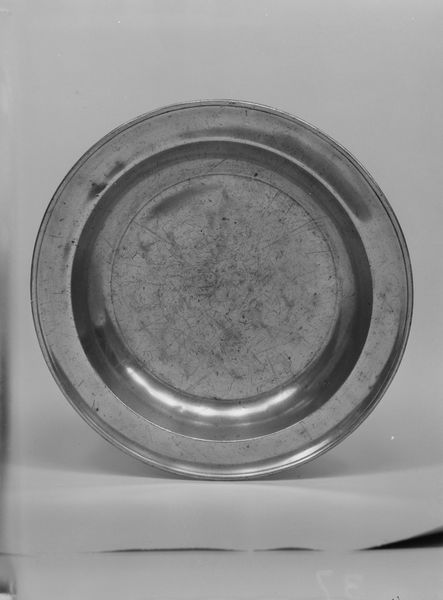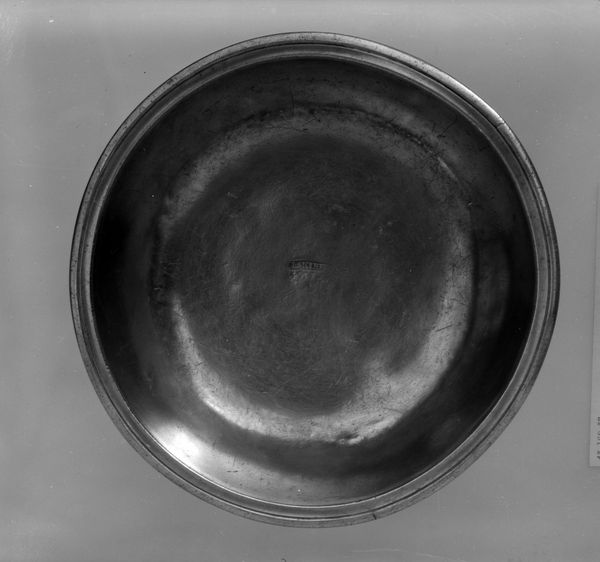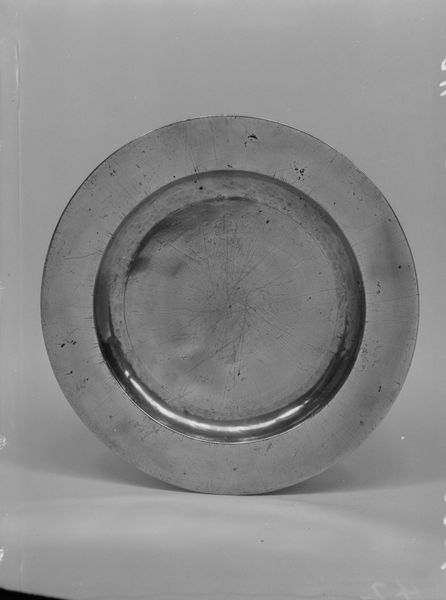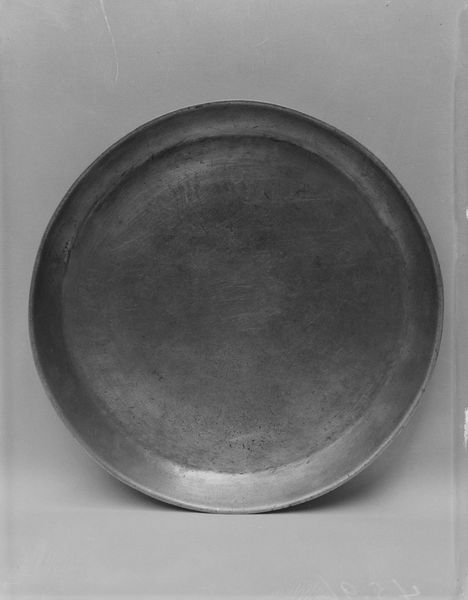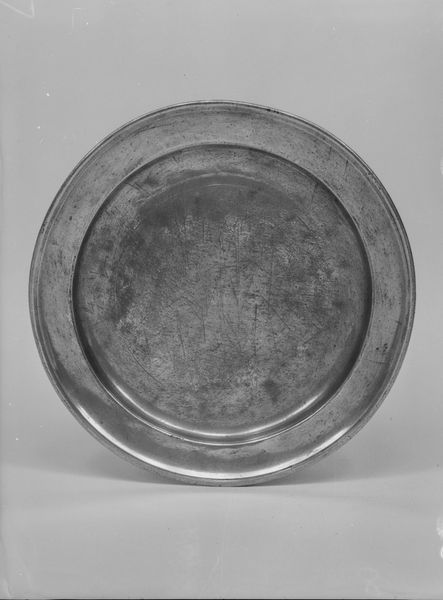
metal, sculpture
#
metal
#
sculpture
#
united-states
#
decorative-art
Dimensions: 2 x 7 1/4 x 5 in. (5.1 x 18.4 x 12.7 cm)
Copyright: Public Domain
Editor: Here we have a porringer crafted from metal, dating back to sometime between 1795 and 1816, created by Samuel Danforth. I’m immediately struck by the detail of the handle. How would you interpret this functional yet decorative object? Curator: Well, on the surface, it’s a dish with a handle, yes. But objects like these become powerful when we situate them within the social and historical framework of their time. Consider early American society – what does domestic metalwork tell us about gender roles, access to resources, and even colonial relationships? Editor: Hmm, I hadn't considered gender roles... Curator: The very act of crafting and owning such an item speaks to class and access – who had the means to commission or create decorative metalwork? And, more importantly, who didn't? A porringer isn’t just a bowl; it’s a reflection of power dynamics within a developing nation. How was it used, and who was excluded from that use? These details start painting a much broader picture. Editor: So it becomes about more than just its aesthetic value, and more about its implications. Is there a political element? Curator: Absolutely. Think about colonial economies – where did the metal come from? Who mined it, under what conditions? This seemingly simple object opens a whole conversation about labor, exploitation, and the nascent economic systems of the United States. How might this porringer relate to contemporary debates about fair trade, labor practices, or wealth inequality? Editor: I see. So this porringer invites a whole discussion about society. It prompts more questions than answers, really. Curator: Precisely. We must consider the porringer's connection to both American identity and colonial legacies. It highlights the power and tension involved in understanding domestic history through this object.
Comments
No comments
Be the first to comment and join the conversation on the ultimate creative platform.

